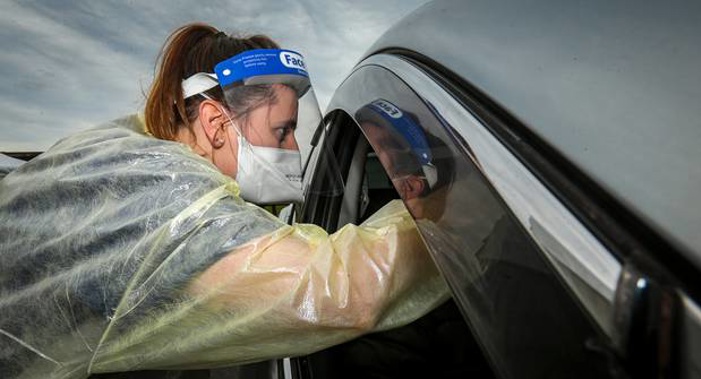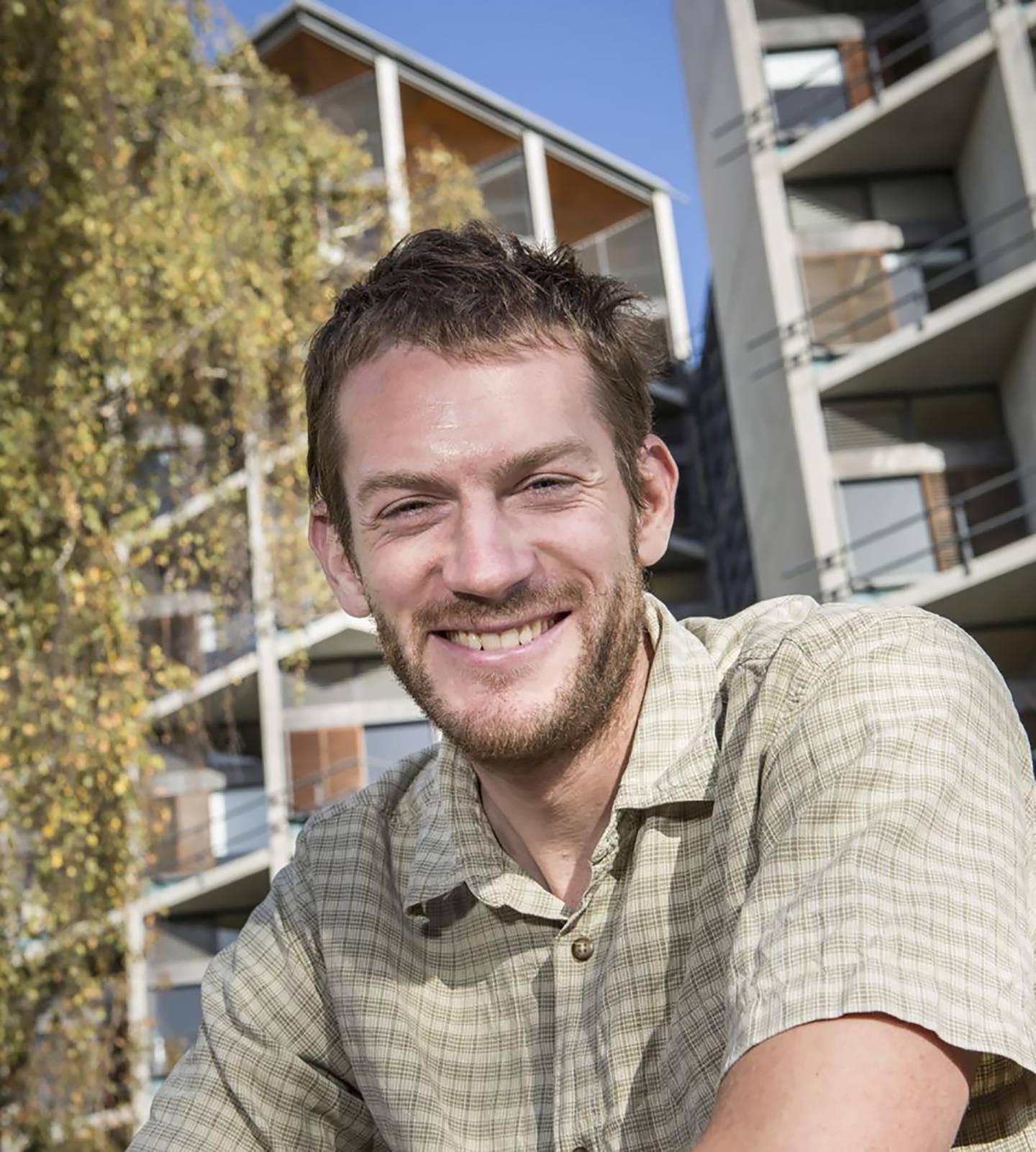
The next Covid-19 wave could hit New Zealand as early as winter or spring - and perhaps less severely than our main Omicron outbreak.
But modellers still caution that the shape and timing of our next wave hinges on some big uncertainties, such as how fast our natural immunity will wane – and whether our own behaviour will boost spread.
Nationally, case numbers are continuing to decline – yesterday's seven-day rolling average of 8170 marked a drop from 10,543 the week before – and officials expect a fluctuating path down from the wave's peak.
By the time the wave finally falls to a new baseline, it might have infected half the population, said Dr Dion O'Neale, of Covid-19 Modelling Aotearoa.
"This means that even without waning immunity, from either vaccination or infection, there is still enough of a susceptible population to sustain a second wave driven by reducing Covid protections and the seasonal effects that lead to an increase in respiratory illnesses every winter."
His colleague Professor Michael Plank said a second wave in winter or spring was "certainly possible" - especially if infection-acquired immunity waned at the same rate as that from the vaccine.
"Immunity against severe illness will hopefully last longer than immunity against infection – that will help reduce the health burden associated with future waves," Plank said.
"But there is less immunity in older groups at the moment because most of the cases have been in younger people.
"So, a fourth dose for high-risk groups would be a good way to mitigate this."

Covid-19 modeller Professor Michael Plank. Photo / Supplied
Both expected that, unless people began spreading the virus around a lot more through behaviour changes or eased restrictions, future waves should have lower peaks.
But virus-linked deaths – of which another 10 were reported yesterday – might not follow the same trend.
"These could be as high or higher in subsequent waves if the infections include lots of more vulnerable people who may have been shielding and hence not previously exposed," O'Neale said.
Again, that risk was behaviour-dependent.
"Things like people choosing to mask to keep the people around them safe will play a role in this," he said.
While the Government's pre-Easter call to move the whole country to the orange traffic light setting wasn't expected to drive a second wave in itself, the experts said the change still might prolong the tail.
O'Neale pointed to the potential impact of scrapping mask mandates in schools.
"Overseas data on reinfections suggests that it is dominated by infections in unvaccinated individuals - particularly in younger children who may be too young to be vaccinated and who have lower vaccination coverage in general."
Fellow modeller Dr Emily Harvey said studies had found that the immunity induced by infection was stronger if people were vaccinated as well.
"Because of this, the risk of reinfection will be higher for unvaccinated people, especially for children who hadn't managed to be vaccinated before the first Omicron wave hit," she said.
"This means that it is still very important that people take their kids to get their first or second doses as soon as they are advised to – there is a wait period after infection – and keep up good practices around masks and ventilation, even if they have already had Covid."
While the BA.2 sub-type was likely to keep dominating our cases – there's no sign yet that new Omicron hybrid XE has the legs to out-compete it – the experts couldn't rule out another variant changing the game.
"We know that the biggest factor driving the growth of new variants is their transmissibility, and this is made up of a combination of inherent infectiousness and escape from existing immunity," Harvey said.
And there was nothing to say future variants wouldn't be less severe.
"Having good surveillance – including whole genome sequencing, infection prevalence type surveys, and monitoring behavioural factors – will be crucial for early detection of new variants," she said.
"With our borders open, we will see the reintroduction of influenza and other respiratory illnesses with similar symptoms to Covid-19.
"Maintaining good levels of testing, including free and easy access to rapid antigen tests and hopefully reinstatement of PCR testing, will be critical for differentiating between these illnesses and keeping track of case numbers – which we need to do to get early warning for future Omicron waves or new variants."
Take your Radio, Podcasts and Music with you









